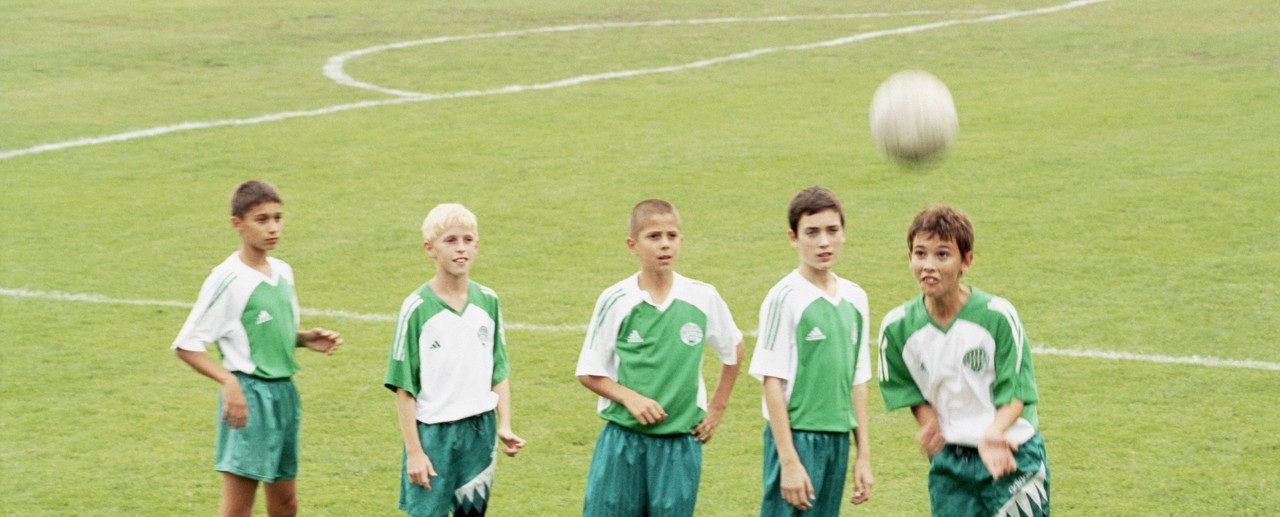February 23, 2018
Youth Sports: Where Has All The Overprotection Gone?

If there is one word that has been used most frequently when characterizing parenting in recent years, it would be “overprotective.” Parents have been painted, over a number of years now, as preventing their kids from playing in the back yard, letting loose on the playground, climbing a tree, and walking around their neighborhood. We read how kids don’t scrape their knees, don’t learn how to mix it up with other kids, and don’t learn how to make a fire or use a knife. (Yes, there are “danger playgrounds” where kids can go to rectify this deficiency). The overarching conclusion is that parents essentially place a social bubble wrap around their kids to make sure that they don’t get hurt or experience harm.
While there is some evidence to support this point of view, there is also a jarring exception – as a cohort, we have been underprotective of children’s health and well-being when it comes to youth sports. Peruse any of the published statistics on injury in childhood experienced when playing organized sports, and the rates can give quickly make us question how adequately we have been protecting our kids when they aren’t on the playground or in the backyard tree.
The most obvious and visible arena is the football field, and the most transparent injury is concussion. But of course the extent of the issue extends beyond this sport and injury. All kinds of injuries – many serious – occur in a range of organized sports and activities; for example, there are substantial risks in competitive cheerleading. And while awareness of concussion is surely paramount, there are broader concerns about cumulative trauma to the brain, along with many other forms of injury.
YOU MIGHT ALO LIKE: Should Tackle Football in Childhood Become Obsolte?
How do we rectify this apparent contradiction? Does the proverbial helicopter parent only hover over the backyard, the playground, the neighborhood, and the schoolyard, but not over the playing field? Does the helicopter land when the uniform comes on?
More simply, are we overprotective or underprotective?
The answer is neither. We aren’t inherently over- or underprotective when it comes to kids. What we do is what parents have always done – we weigh pros and cons, risks and rewards. Our tolerance for risk is dependent not only on the risk itself but also on the potential payout. If the perceived reward is low, even low risk can seem like too much to tolerate. Conversely, if we believe that there is a high return in store, even high risk becomes acceptable.
Consider the following possibilities.
Parents may either exaggerate or be averse to the risks that would come from a child playing outside partly because they don’t value that activity much anymore. Research suggests childcare centers can be pressured to eliminate time on the playground not only because of the physical risks, but because parents want their kids to spend more time on academics (yes, even when they are toddlers). The true developmental return of play has been (unfortunately and inappropriately) devalued substantially over time, and as that valence continues to drop any risk becomes unacceptable.
The flipside applies as well. Despite the range, frequency, and severity of injuries experienced by kids who play organized sports these days, we have supported these activities, and in fact encouraged them. Why the shift from risk aversion to tolerance? Because the perceived return is high. Achievement in sports is visible, inspires pride, and can support the eventual college admission process, including the possibility of scholarship. In this context, a risk of injury may be dismissed because of the potential reward.
There are signals that the tide is shifting. U.S.A. Football is in the process of making drastic changes to youth football, all of which are crafted to ensure the safety and well-being of young athletes. Clearly there is a changing perception to the frequency and severity of injury experienced by youth playing tackle football, one that is now quite visible on the national radar but a trend that arguably has been in process for nearly a decade. What’s been changing? Simply the perceived risk-to-reward ratio.
U.S.A. Football provides an excellent example of being neither overprotective nor underprotective. The focus for a number of years was on training young people to play football. The mounting evidence of physical risk has inspired profound reflection and change to make the game much safer. The risks that we have unfortunately seen in the yearly statistics have, fortunately, prompted concern that outweighs the perceptual payoff of learning to play tackle football at an early age.
There’s one corollary to consider here. Just as we have been becoming more risk averse towards youth tackle football, we could also become more risk tolerant when it comes to playing in the backyard by recognizing the profound developmental benefits to free, and physical, play in childhood. As that payoff gets rediscovered, it can begin to outweigh the perceived risks.
YOU MIGHT ALSO LIKE: How Much Does the NFL Worry About Kids?

